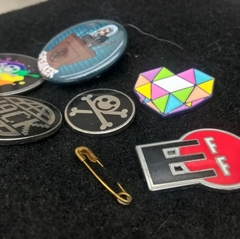Cineform: YUV 10 Bit or RGB 12 bit
The quality difference between 10bit and 12bit will be extremely small, but the software will be much slower in general... it's not worth it.
With 10 bit per color/element it's possible for software to make lots of optimizations, for example they can pack a pixel into a 32 bit variable ( 3 x 10 bit + 2 bits padding) and it also makes it possible to do much faster conversions between YCbCr 4:4:4 to 4:2:2 or 4:2:0 ... these conversions work with groups of 4 pixels so it's super easy to just play around with 32 bit blocks of data, or put 4 x 30 = 120 bits into 16 bytes ( 15 x 8 = 120 bits + 8 bits of padding for a nice round 16 bytes)
Having 32bit chunks of stuff makes it possible to process blocks of image with instructions like SSE and AVX more easily compared to 12 bit formats, and it also makes it easy to "upload" data to video cards - think faking the 10bit image as a texture with 32 bit per pixel (3 x 8bit per pixel + 8 bit transparency) and applying shaders and opencl magic on the texture/data for hardware acceleration)
with 12bit each pixel is 36 bits, so it must be packed into a 5 byte variable (actually most software at this point will just use 2 bytes per color/element) so lots of things are simply much slower.

















Create an account or sign in to comment
You need to be a member in order to leave a comment
Create an account
Sign up for a new account in our community. It's easy!
Register a new accountSign in
Already have an account? Sign in here.
Sign In Now